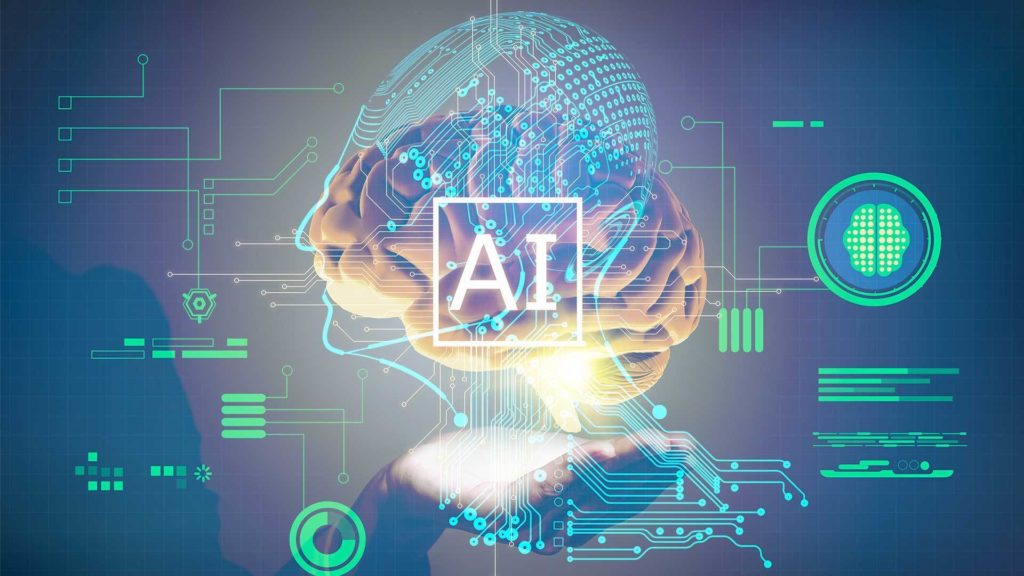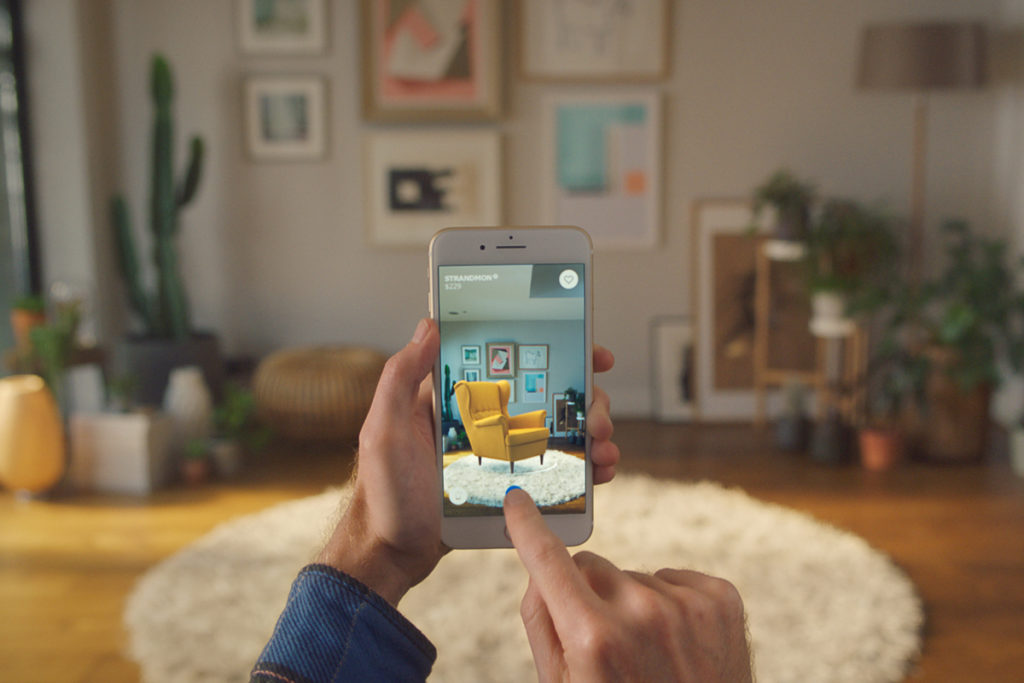1. AI
Despite popular belief, the use of AI didn’t just show up around the past few years but the very first expert AI program was launched in the 60s. Its main purpose was to identify unknown molecules, in other words, the software was developed to serve the chemistry field. And it was a big inspiration for creating MYCIN – a program that was able to put names on various bacterias as well as one of the first backward chaining expert systems.
 Source: Seoulz
Source: Seoulz
At the moment, thanks to many benefits derived such as cost-saving, patient satisfaction increasing, etc., healthcare assisting AI programs are invested in and launched more than ever. They use complex algorithms and software deep learning to solve various issues related to the healthcare industry. According to Forbes, 5 most powerful examples of this are:
- AI-assisted robotic surgery
- Virtual nursing assistant
- Aid clinic judgment or diagnosis
- Workflow and administration task
- Image analysis
To perform these difficult activities, AI programs are developed to analyze, interpret and comprehend complicated medical and healthcare data.
Even though there are a lot of advantages when it comes to using AI in the healthcare industry, some drawbacks might be mentioned are that these programs can only understand what it is told; or cannot tell the cause of the disease despite it’s able to predict it very accurately.
Top AI healthcare companies: Remedy Health, Subtle Medical, Quid, BioSymetrics, Bio Beats, Jvion, Lumiata, DreaMed, etc.
2. VR, AR
First of all, let me explain to you what AR and VR are.
AR is the use of cameras, sensors and other technologies to add layers of digital (or intangible, untouchable) objects onto the real world. When playing Pokémon Go or using the IKEA app, you are experiencing such a technology.

VR, on the other hand, is able to place you inside a 3D world. It will stimulate human senses (vision, hearing and touch) to optimize user experience in this artificial world. At the moment, this technology is mostly used in games, education and especially the healthcare industry.
Though these two technologies have just come around recently, the VR/AR healthcare market is growing every year with astonishing speed. Estimated, the value of this market will reach the amount of $3 billion by 2023.
It’s all thanks to the fact that cameras, sensors and other devices are getting more advanced over time.
The ability to reduce training and learning time is the most significant benefit these two have been offering. Back in the day, newly graduated surgeons have very little chance to practice due to the fear of putting patients at risk. But now, VR gives them the opportunity to learn whenever they want. And this technology even helps the surgery process occur more precisely.
Other medical practices and training are also available to increase the skill of nurses or doctors. Besides that, many AR applications are used to enhance the service, making patient satisfaction increase.
Furthermore, patients who are not able to leave their homes can access services or therapies through VR/AR. What’s more? VR and AR are also used to educate or raise people’s awareness of the disease and practices.
Top VR/AR healthcare companies: MindMaze, Osso VR, Touch Surgery, zSpace, Vicarious Surgical, etc.
#mobile apps development #website development #mobile apps
